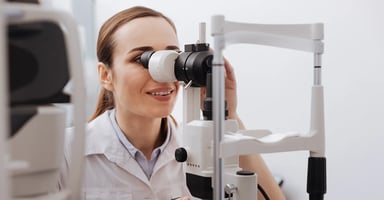Annex 11 2011 Version vs. Annex 11 2025 Draft Version: What are the Differences and Enhancements?
The GMP/GDP Inspectors Working Group and the PIC/S Committee jointly recommended that the current version of Annex 11 on Computerised Systems be revised to reflect changes in regulatory and manufacturing environments. The revised guideline should clarify requirements and expectations from...





















